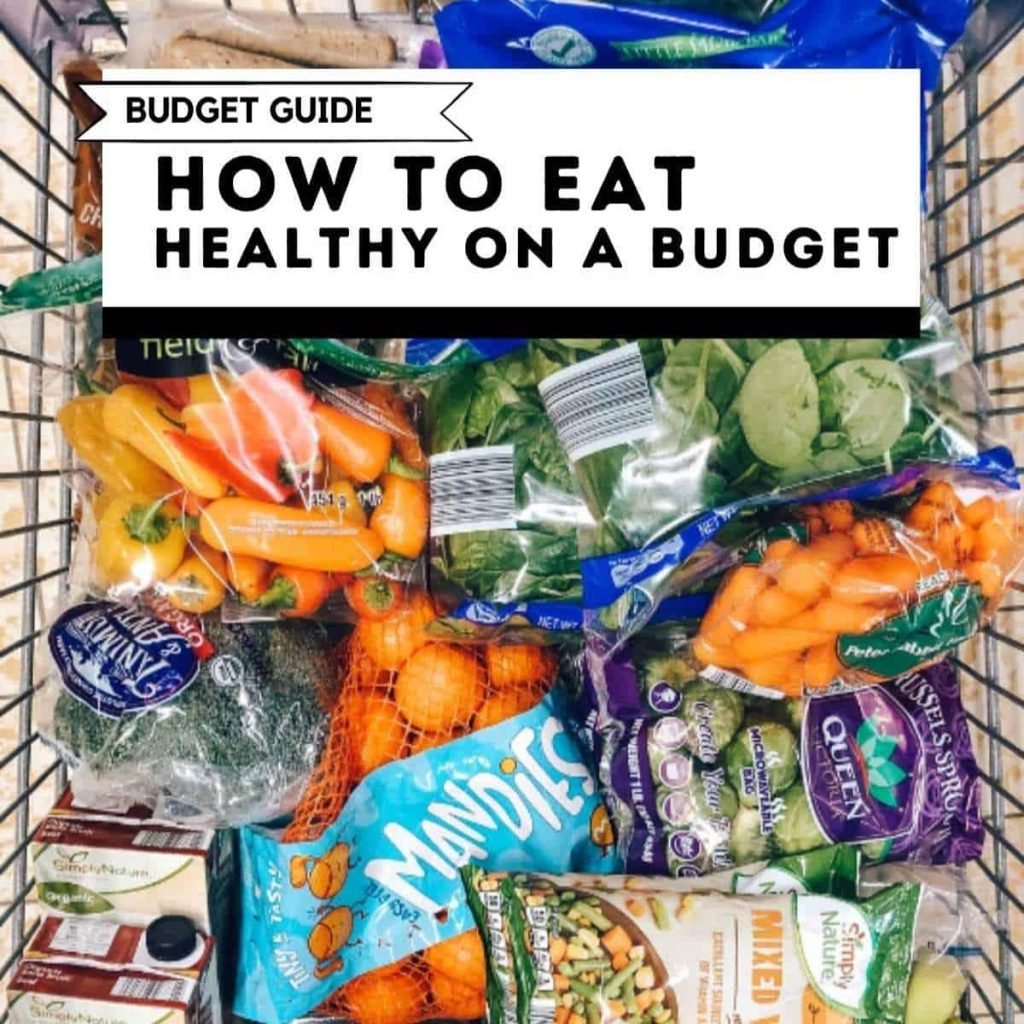In today’s fast-paced world, the grocery store can often feel like a battleground—a place where enticing advertisements, flashy packaging, and the hustle of everyday life conspire to undermine our best intentions for healthy eating. With processed foods and sugary snacks often taking center stage, maintaining a nutritious diet can seem like a daunting challenge. However, the key to mastering your grocery shopping experience lies not in sheer willpower alone, but in adopting smart, deliberate strategies that empower you to make healthier choices. In this article, we will explore effective tactics to streamline your grocery shopping habits, ensuring that your pantry is stocked with nourishing foods that support your well-being. Whether you’re aiming to lose weight, manage a chronic condition, or simply cultivate a healthier lifestyle, these strategies will equip you with the tools you need to navigate the aisles with confidence and purpose. So, let’s delve into the art of mindful grocery shopping and transform your approach to one of life’s essential routines.
Table of Contents
- Understanding Your Grocery Needs for Better Planning
- Navigating the Store: Tips to Make Healthier Choices
- Mindful Label Reading: Decoding Nutrition Information
- Budgeting for Health: Cost-Effective Grocery Shopping Strategies
- In Retrospect
Understanding Your Grocery Needs for Better Planning

To enhance your grocery shopping experience, it’s essential to identify and understand your specific dietary needs and preferences. Start by assessing your household’s eating habits, which may include considerations like food allergies, dietary restrictions, or personal health goals. Creating a nutritional profile can help you make informed choices, enabling you to focus on foods that support overall wellness. You can categorize foods as follows:
- Proteins: Lean meats, legumes, eggs
- Carbohydrates: Whole grains, fruits, vegetables
- Fats: Avocado, nuts, olive oil
Additionally, thoughtful meal planning can lead to less food waste and healthier choices. Consider implementing a weekly meal prep strategy by creating a plan that outlines what to cook each day. This approach can streamline your grocery list and reduce impulse buys. By structuring your shopping list with two main sections—essentials and treats—you can prioritize ingredients that align with your nutritional goals while still allowing some room for indulgence. Here’s a sample layout:
| Essentials | Treats |
|---|---|
| Almond milk | Dark chocolate |
| Quinoa | Granola bars |
| Spinach | Ice cream |
Navigating the Store: Tips to Make Healthier Choices

When you step into a grocery store, the environment can be overwhelming, with bright packaging and promotions vying for your attention. To resist the temptation of unhealthy choices, start by creating a shopping list before heading out. Stick to the perimeter of the store where fresh produce, meat, and dairy are typically located. This approach helps you avoid the processed items often found in the inner aisles. Remember to focus on whole foods, such as:
- Fruits and vegetables: Opt for a variety of colors to ensure you get a range of nutrients.
- Whole grains: Choose brown rice, quinoa, and whole-grain bread instead of refined products.
- Lean proteins: Look for options like chicken breast, fish, and legumes.
Another smart strategy is to read labels carefully. By understanding what you’re putting into your body, you can make informed decisions. Look for products with short ingredient lists, minimal additives, and high fiber content. Create a quick reference table in your mind to categorize items as healthy or less healthy based on their nutritional values:
| Item | Nutritional Consideration |
|---|---|
| Almonds | High in healthy fats and proteins |
| Potato Chips | High in sodium and unhealthy fats |
| Greek Yogurt | Protein-rich and low in sugar |
| Fruit Snacks | High in sugar and low in nutrients |
By utilizing these strategies and keeping a critical eye on food labels, you’ll empower yourself to make healthier choices that benefit your overall well-being.
Mindful Label Reading: Decoding Nutrition Information
Understanding nutrition labels is an essential skill for making informed food choices. When you pick up a product, take a moment to examine the Nutritional Facts panel, which provides insight into the contents of the food. Focus on the serving size to ensure you’re considering the right amounts; remember that serving sizes can be misleading. Next, pay attention to the calories, aiming for foods that provide a good balance of energy without excessive calories. Look for total fat, sodium, and added sugars—these are key factors in assessing how a product fits into a healthy diet.
As you delve deeper, don’t overlook the percent daily values (%DV), which help you understand how a particular food contributes to your overall daily intake of specific nutrients. A %DV of 5% or less is considered low, while 20% or more is high. Prioritize foods with higher levels of essential nutrients, such as fiber, vitamins, and minerals. familiarize yourself with the ingredients list—the shorter, the better, as it often indicates fewer preservatives and additives. Aim for items that list whole, recognizable foods at the top of the ingredients list, steering clear of those with unpronounceable chemical names.
Budgeting for Health: Cost-Effective Grocery Shopping Strategies
When it comes to grocery shopping, a well-thought-out plan can make a significant difference in both your wallet and your health. Start by designing a grocery list that prioritizes whole foods over processed options. Focus on purchasing items such as fresh fruits and vegetables, lean proteins, and whole grains. Alongside your list, it can be beneficial to set a strict budget per visit. This helps prevent impulse buying and encourages you to seek out nutrient-dense foods. To save even more, consider utilizing the following strategies:
- Buy in bulk: Purchase non-perishable items like grains, legumes, and nuts in larger quantities.
- Choose seasonal produce: Seasonal fruits and vegetables are often cheaper and fresher.
- Use coupons and apps: Many grocery stores provide loyalty programs and apps that can lead to significant savings.
- Plan meals around sales: Check store flyers for discounts and plan your meals with those items in mind.
Implementing these strategies not only supports a healthier diet but also fosters mindful shopping habits. Consider setting aside time each week to review your pantry and fridge, ensuring you’re using what’s available and minimizing waste. Additionally, keep an eye on local farmers’ markets; purchasing directly from producers can often result in fresher ingredients at lower prices. Here’s a simple table illustrating how adjusting shopping habits can lead to long-term savings:
| Strategy | Potential Savings | Health Benefits |
|---|---|---|
| Buying in bulk | Up to 30% | Increased nutrient variety |
| Choosing seasonal produce | 15-25% | Higher freshness and flavor |
| Using coupons | 10-50% | Encourages healthier purchases |
In Retrospect
adopting smarter strategies for healthier grocery shopping can significantly influence not only your diet but your overall well-being. By planning meals, creating thorough shopping lists, and being mindful of food labels, you equip yourself with the tools needed to make informed choices amongst the myriad of options available in grocery stores. Remember, small changes can lead to significant results. The next time you set foot in the grocery aisle, take a moment to reflect on your health goals and make a conscious effort to choose wisely. With commitment and persistence, you can transform your shopping habits, leading to a more nutritious lifestyle and a healthier future. Happy shopping, and here’s to making choices that nourish your body and mind!



